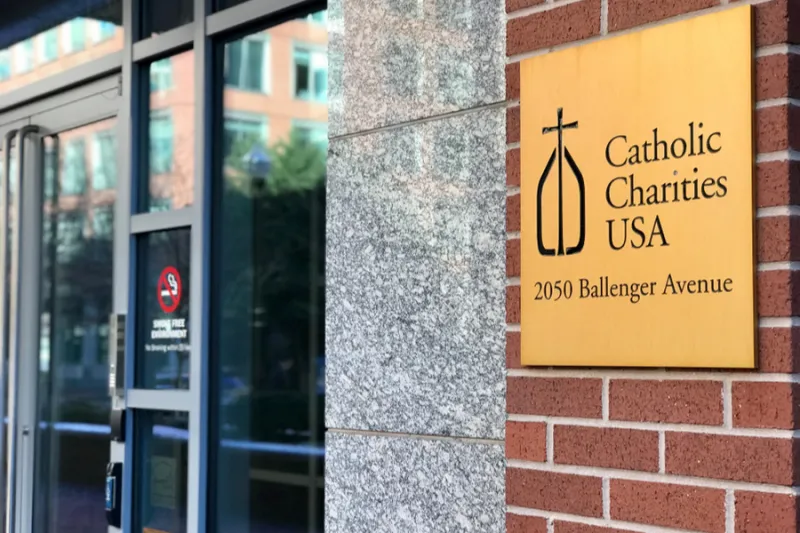
Denver Newsroom, Aug 27, 2021 / 17:02 pm (CNA).
The Supreme Court struck down a nationwide moratorium on evictions late Thursday. Housing advocates are urging that congressional aid for those facing eviction should be a top priority.
In a 6-3 ruling delivered Aug. 26, the Supreme Court determined that the U.S. Centers for Disease Control (CDC) overstepped its authority in ordering the eviction moratorium earlier this month. The court added that a 1944 statute did not give the agency the authority to do so.
“If a federally imposed eviction moratorium is to continue, Congress must specifically authorize it,” the court majority wrote.
“It is indisputable that the public has a strong interest in combating the spread of the COVID–19 delta variant,” the majority opinion continued. “But our system does not permit agencies to act unlawfully even in pursuit of desirable ends. It is up to Congress, not the CDC, to decide whether the public interest merits further action here.”
The Twitter account for Catholic Charities USA on Friday called for congressional action, following the court’s ruling.
“We call for more action on this issue from Congress, state, and local governments. Housing is at the heart of our mission,” Catholic Charities USA tweeted Aug. 27.
A previous CDC-imposed eviction moratorium had expired July 31. The moratorium was put in place as an emergency effort during the pandemic.
The Supreme Court had ruled in June that the moratorium could remain in place only until the end of July; the administration said at the time that it had no plans to extend it further.
However, the CDC imposed a new iteration of the moratorium on Aug. 3.
Congress has allocated about $46 billion for emergency rental assistance amid the pandemic, but it has reportedly been slow to be administrered. Congress has not specifically authorized any eviction moratorium, though multiple states have done so.
The three Supreme Court justices who dissented from the ruling pointed to a rise in COVID-19 cases, as well as the spread of the delta variant, as justification for the moratorium’s extension.
Data from the U.S. Census Bureau suggest that 6.5 million households in the United States are currently “behind” on their rent payments.
Father Pius Pietrzyk, a Dominican priest and canon and civil lawyer who sits on the board of the Legal Services Corporation, told CNA in June that the moratorium, though a “temporary band-aid,” likely has allowed millions of renters to stay in their homes.
Agencies that provide legal services for the poor can help to negotiate a better situation for the renter, especially if the renter has a legitimate reason for not being able to pay, Father Pietrzyk said. People facing eviction rarely get legal representation in court, while landlords can almost always obtain legal representation.
Father Pietrzyk says the Catholic view of a right to housing doesn’t entail an absolute right, as landlords have rights as well. But he says a Catholic view does demand that no one be unjustly removed from their home.
“Removal from a home requires due process,” he told CNA. “We can’t be content to look at it merely as the violation of a contract. If we believe in the right to housing we should provide some means for the tenant to have housing.”
If you value the news and views Catholic World Report provides, please consider donating to support our efforts. Your contribution will help us continue to make CWR available to all readers worldwide for free, without a subscription. Thank you for your generosity!
Click here for more information on donating to CWR. Click here to sign up for our newsletter.




Leave a Reply